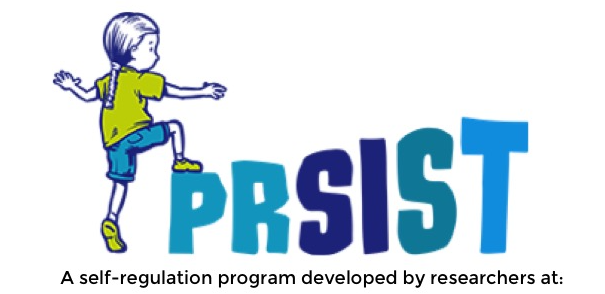
Split Singing
What to do: Sit the children in a circle and split them into two groups (drawing an imaginary line bisecting the circle). Position two educators in the middle of the circle, one for each group. All of the children will be singing the same song (Row, Row, Row Your Boat), but each group will start at a different time. Have one group start singing. Have the second group start the song from the beginning when the first group begins the second line of the song (‘…gently down the stream…’). Children need to sing along with their group (led by their nominated educator). The educator should sing along, signalling and giving support to children when they lapse. At the end of the song, switch which group starts first.
Too easy? How to increase challenge: Split the children into more than two groups, that each start at a different time. Gradually remove educator support, only stepping in to help children get back on track if they falter. Even harder? Assign children to groups by numbering them (1, 2, 3, 4) so children are surrounded by other children singing a different part of the song.
Ideal location(s): Any quiet, uninterrupted location.
Ideal formation(s): For 3-year olds, this is best attempted with four children split into pairs. For 4-5 year olds, larger groups (e.g., 10 children, split into groups of 5) can be attempted.
What you need: First, ensure that children know the song. If they do not, spend time over the next days teaching children the song. The song should be very familiar to children before this activity, so they are not having to think about what words come next, and can focus on not losing track of where they are up to in the song. This activity works best with two educators facilitating, so the children have the ability to look to their ‘group leader’ to refocus and recover when they lapse.
What it does: This activity challenges children’s ability to focus and sustain their attention, and resist distraction.
Real life application and implications: The world is filled with distractions. The sound of construction. Children speaking when the teacher is speaking. Ads on a website. TV playing in the background. There is so much going on that we can’t possibly pay attention to it all, and it would be inefficient to try. Instead, we need to be able to decide what is important to pay attention to (things that fit with our aims and goals), sustain our attention on those things, and resist distractions along the way. As with nearly everything, practice makes perfect. This activity gives children an opportunity to challenge and extend their ability to focus and sustain their attention in the face of distraction.
Links to EYLF:
• Demonstrate an increasing capacity for self-regulation; Be open to new challenges and discoveries; Persist when faced with challenges and when first attempts are not successful; Increasingly cooperate and work collaboratively with others (from Outcome 1.2)
• Show interest in other children and being part of a group (from Outcome 1.4)
• Cooperate with others and negotiate roles and relationships in play episodes and group experiences (from Outcome 2.1)
• Make choices, accept challenges, take considered risks, manage change and cope with frustrations and the unexpected (from Outcome 3.1)
• Persist even when they find a task difficult (from Outcome 4.1)




